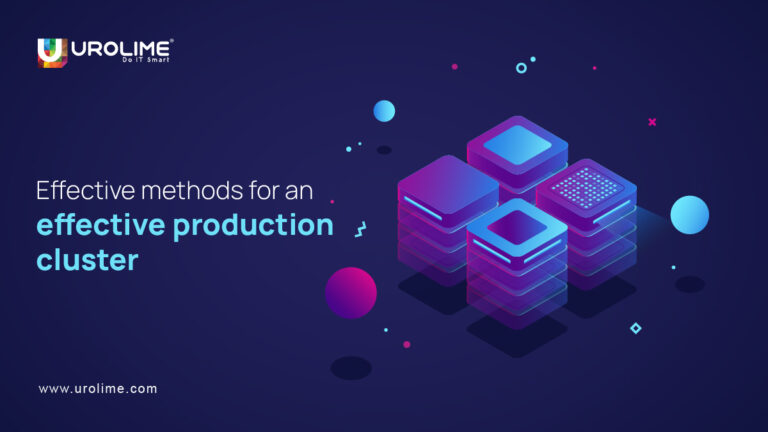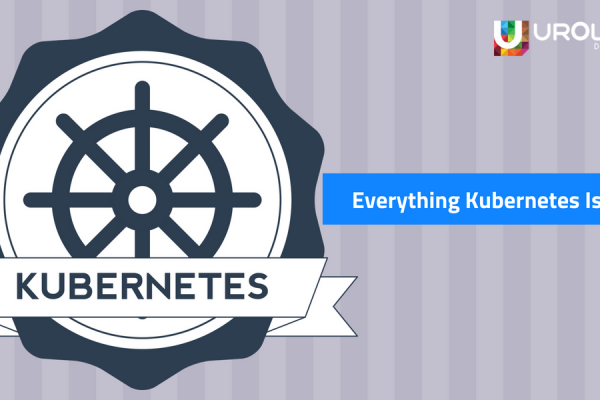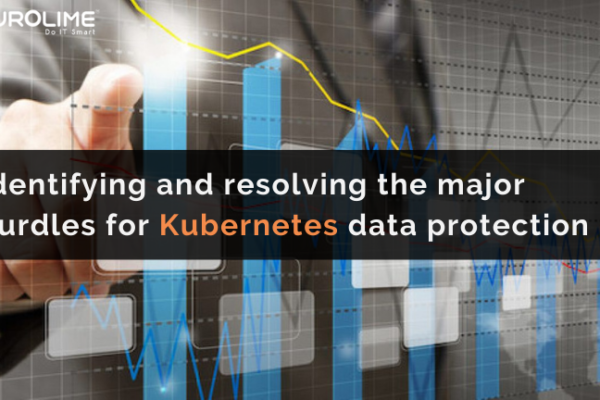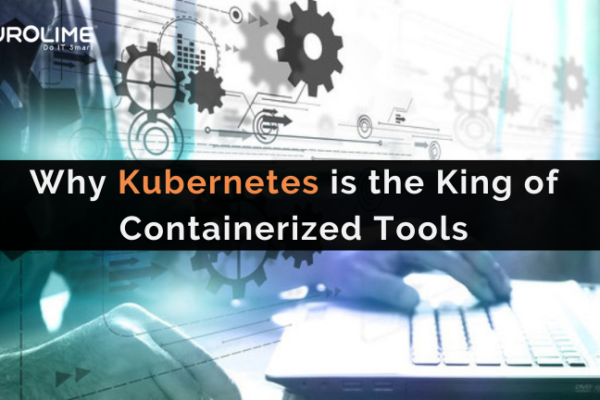With the rapid rise of containerization, Kubernetes continues to play a leading role in reshaping the landscape of application development. While Kubernetes offers a forward-looking container solution to enhance productivity, real-world use cases suggest that relying solely on its out-of-the-box services for containerizing application development may not always be the most optimal approach. To fully harness the potential of Kubernetes, it’s essential to implement best practices and adopt a custom-configured model tailored to meet the unique requirements of your application build. Here are some recommended best practices to consider.
Utilize the Latest Version
In your production cluster, it’s crucial to always employ the most recent stable version of Kubernetes. New releases bring updates, new features, and, most importantly, patches to rectify security vulnerabilities identified in earlier versions. This practice ensures the security and protection of your cluster by shielding it from potential weaknesses. Older versions often receive less support from both the community and service providers. Therefore, maintaining your cluster up-to-date with the latest Kubernetes version is highly recommended.
Enhancing Security Through RBAC Implementation
Role-based Access Controls (RBAC) play a pivotal role in managing access policies that dictate who is authorized to perform specific actions within the Kubernetes cluster. Kubernetes provides the following options to establish RBAC permissions for Kubernetes resources:
Role: Suitable for resources within a specific namespace.
ClusterRole: Appropriate for non-namespaced resources.
Kubernetes also offers the flexibility of using Role Binding and Cluster Role Binding, allowing the utilization of pre-defined roles for individuals, groups, or service accounts, thereby fortifying access control measures.
Embrace a Git-Centered Workflow
Opting for GitOps, which revolves around a workflow centered on Git, is the recommended approach to establish Git as the ultimate source of truth for all automation aspects, encompassing CI/CD pipelines. Embracing a GitOps framework leads to various productivity enhancements, such as:
- Reducing deployment durations.
- Enhancing the efficiency of error tracking.
- Streamlining CI/CD procedures.
By implementing GitOps in a Kubernetes cluster, you can achieve unified cluster management and expedite application development.
Utilize Readiness and Liveness Probes
To proactively prevent pod failures, it’s essential to employ Kubernetes Check Probes:
For production applications, readiness Probe assesses whether the application is prepared to handle incoming traffic before permitting it to reach the pod. This ensures that the pod is accessible to traffic and capable of responding to requests.
Conversely, Liveness Probe conducts a health check within Kubernetes to verify that the application is responsive and operating as intended. If a liveness Probe detects an issue, Kubernetes’ default kubelet policy restarts the container to restore its functionality.
Implement a Security Barrier
Despite being a well-known best practice, some developers may overlook the importance of safeguarding their Kubernetes cluster with a firewall.
This firewall acts as a protective shield for your K8s environment, preventing unauthorized connection requests to your API server from the Internet. Enhance security by implementing port firewalling rules to restrict open ports and whitelisting specific IP addresses. Leveraging Kubernetes consulting services can provide expert guidance.
Utilize Namespace Segregation
Kubernetes initially provides three default namespaces: default, kube-public, and kube-system. When multiple teams collaborate within a shared Kubernetes cluster, the use of namespaces is fundamental for maintaining cluster organization and security. In large Kubernetes clusters with numerous nodes and teams, it’s imperative to establish distinct namespaces for each team’s operations. For instance, separate namespaces should be created for the development, testing, and production teams. This segregation ensures that developers with access solely to the development namespace cannot unintentionally modify the production namespace. Without this separation, there’s a higher risk of well-intentioned team members inadvertently overwriting critical data.
Be Mindful of Excessive Disk Usage
Excessive disk usage is a common issue that can have a detrimental impact on cluster performance. It’s advisable to establish regular monitoring for the following:
The root file system.
All disk volumes associated with the cluster.
Occasionally, you may receive alerts about high disk usage without a clear explanation. Resolving such cases, which often have elusive root causes, can be challenging. Maintaining alert monitoring allows for timely corrective actions, such as resource scaling or freeing up disk space when needed.
Monitor Networking Policies
The Kubernetes cluster’s communication restrictions are primarily dictated by network policies. All containers inherently possess network communication capabilities, which can pose security risks if unauthorized individuals gain access to a container and exploit it to navigate through cluster components. Similar to security groups in cloud platforms that oversee resource access, network policies govern traffic at the IP and port levels. Network policies should typically establish a default deny rule and only authorize essential traffic through specific rule implementations.
Conclusion
Implementing all of the above practices is the best and most effective way to protect your production cluster. For effective adoption of these Kubernetes best practices, it’s wise to collaborate with a trusted kubernetes consulting company that can offer expert advice and assistance throughout your Kubernetes experience.
![]()






